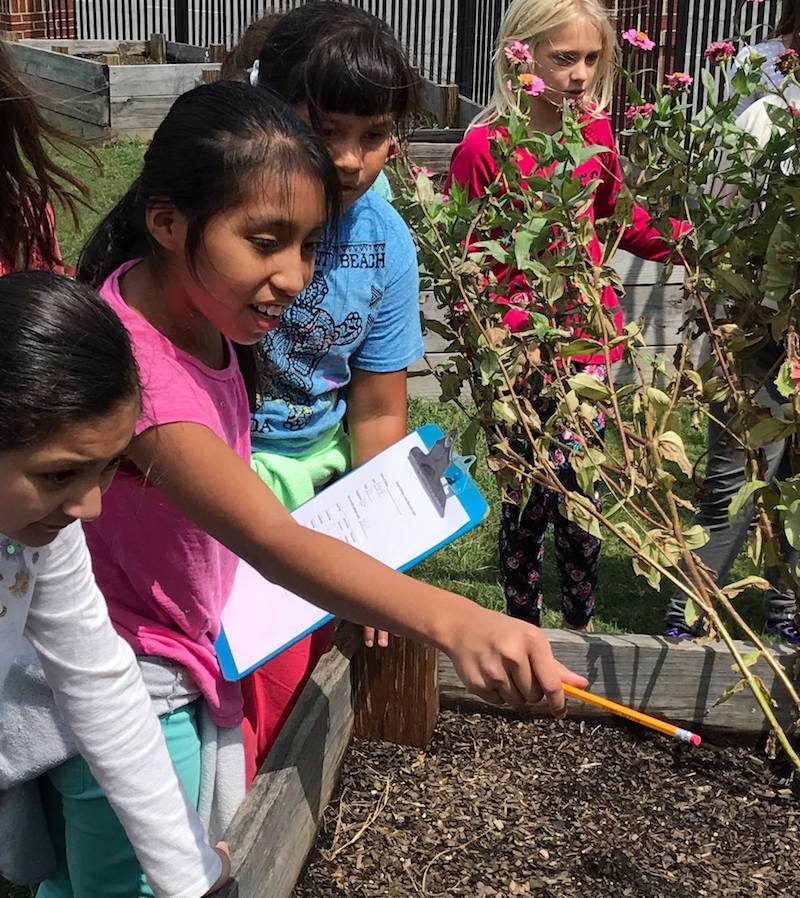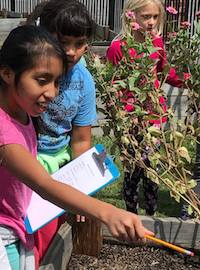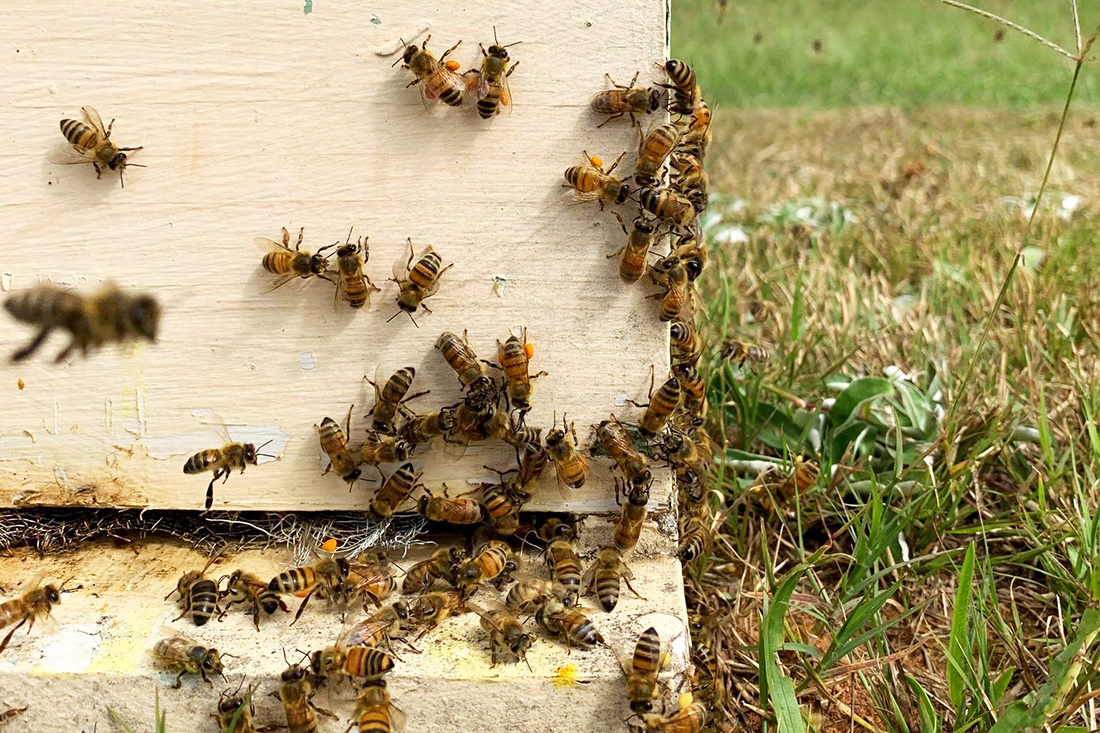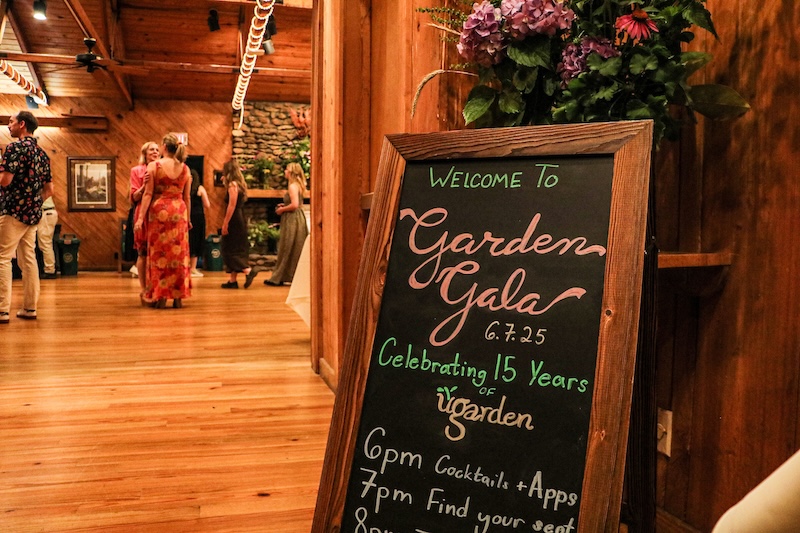School gardens can be an integral part of a school’s STEAM (science, technology, engineering, art and math) curriculum. Pollinator gardens are also an important part of the overall school gardening program as they attract pollinating insects to food crops and provide resources for all types of beneficial insects. Happily, it is possible for these gardens to also play a role in a school’s STEAM programming.
Here are some tips from University of Georgia Cooperative Extension to help teachers use gardens for STEAM education.
Science
Biology, botany and entomology are obvious topics that can be covered using a pollinator garden. Students can be introduced to the concept that insect pollination of plants is incidental. The insects do not pollinate crops to help us.
Technology
Using apps and online tools to design a pollinator garden is one way to incorporate technology into the garden space. Apps can assist in making pollinator plant choices and garden-design computer programs can aid in overall garden layout. Adding an irrigation system or rain catchment system can be used to teach more advanced technology.
Engineering
Wing design is an interesting part of insect biology. Exploring how insects fly can be a fascinating and it teaches children about engineering. How do the delicate wings carry tiny insect bodies? The way that static electricity generates attraction between pollen and hairy bee bodies can spark a classroom discussion, leading to a discussion on how pollinating insects are engineered to play an important role in the ecosystem.
Art
One way to teach insect anatomy is through insect origami. Paper stingers don’t inflict pain and paper insect legs don’t crawl over skin. Instructions for creating simple bees, beetles and more difficult wasps can be easily found on the Internet. Another way to insert art into the pollinator garden is through poetry. A haiku session can be fun for everyone as students declare their admiration of a fly’s eyes or a wasp’s stinger.
Math
According to the National Honey Board, a honeybee makes 1/12th of a teaspoon of honey in her lifetime. Each honeybee lives for about six weeks and a very healthy honeybee hive houses approximately 60,000 worker bees. These facts can be the basis of many math problems.
The fall migrating Monarch butterfly can also provide math lessons. How far does a butterfly travel each day? How long does it take to arrive at the migrating area in Mexico? Math plays a part in the pollinator garden too.
Including pollinator gardens in STEAM curriculum can also teach students that insects are not scary, but are an interesting part of the environment. Students can evolve from “Eeek, it’s a bug!” to “Look at the tarsal claw on that wasp!”
The Great Georgia Pollinator Census (https://GGaPC.org) was designed with school groups in mind. Resources on the website are designed specifically for educators. Consider having your classes participate.
UGA Extension’s School Garden Resources website also provides lesson plans at http://extension.uga.edu/programs-services/school-garden-resources.








